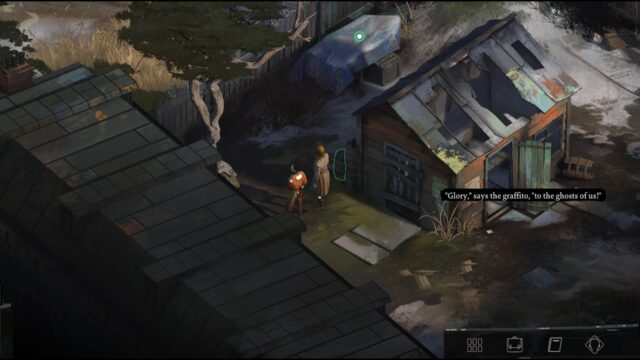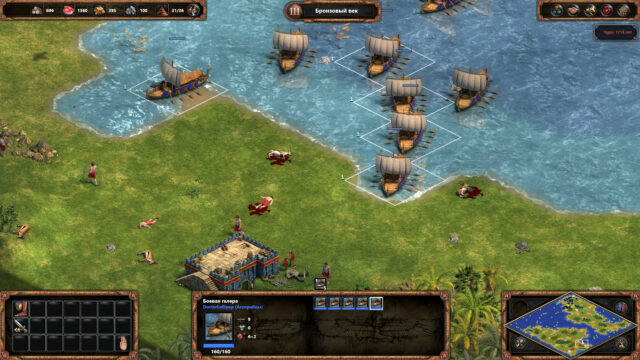Pillars of Eternity Review
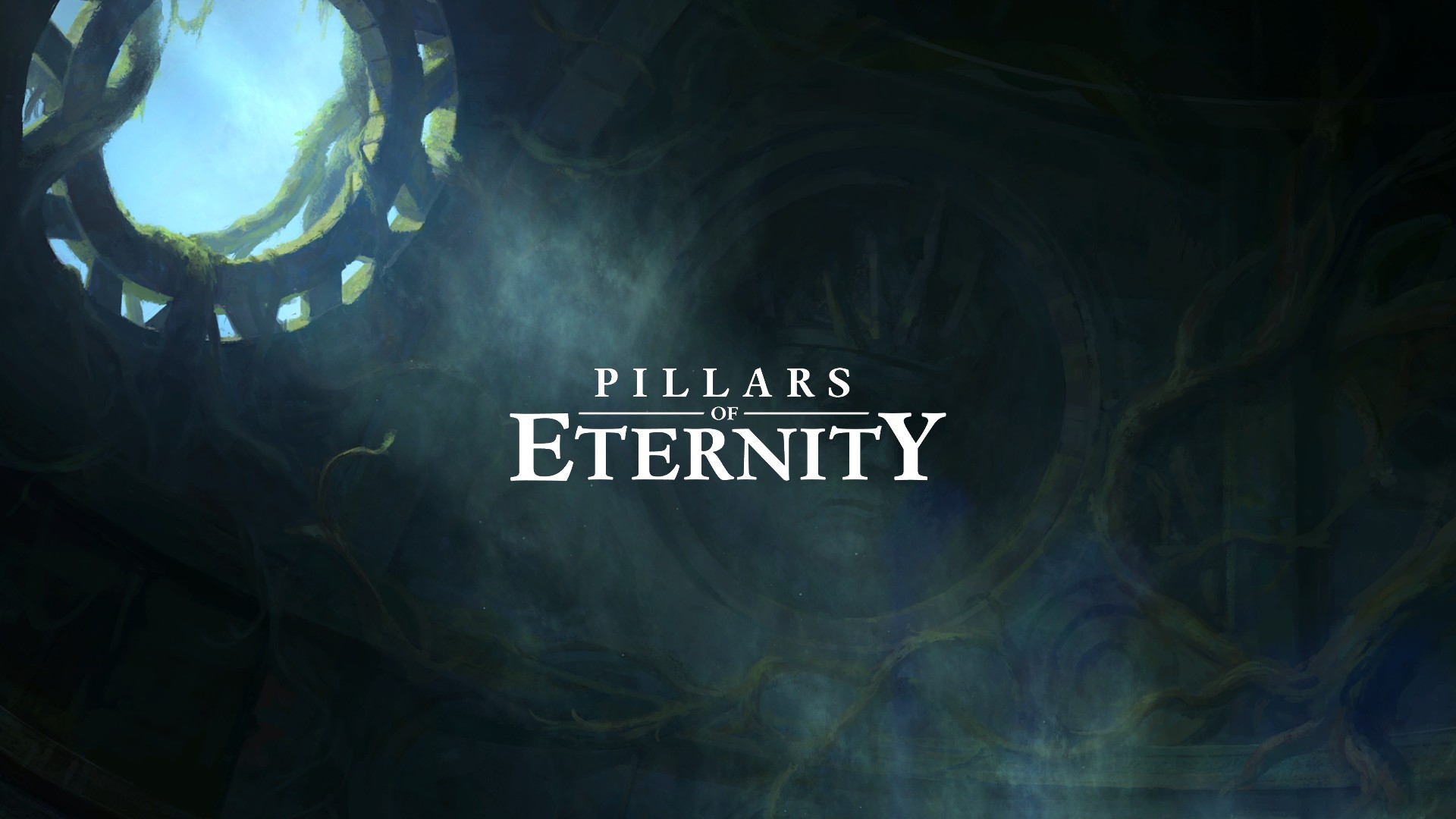
To amaze, it is not necessary to bother with innovations and breakthrough technologies. Sometimes it is enough to just stop, look back, and remember how it used to be. Forget about all the new experiences, multiplayer, and cooperatives, and surrender to the embrace of classics – such a desire probably arose in any experienced player in the modern realities of the industry. The successful rebirth of the old school in the form of Pillars of Eternity made these realities even more impressive.
Obsidian literally offers a journey back in time – back to the era of the Infinity Engine, where the legendary Baldur’s Gate is still well-known, and the sequel Icewind Dale is just making its way to the shelves. Everything has returned: the isometric view, the old good party system, and the “chosen” main character – whatever role-playing games of the late nineties are associated with you, here you will surely find it in the best execution.
Nostalgia will come rushing in even at the character creation stage. The possibilities for customization are so vast that you can spend almost an hour carefully studying the “side effects” of the chosen race and exploring the prospects of a particular class. This is not like modern trinkets, where the hardest thing is to choose a catchy name for yourself – there are actually plenty of parameters, as well as cases of their practical application.
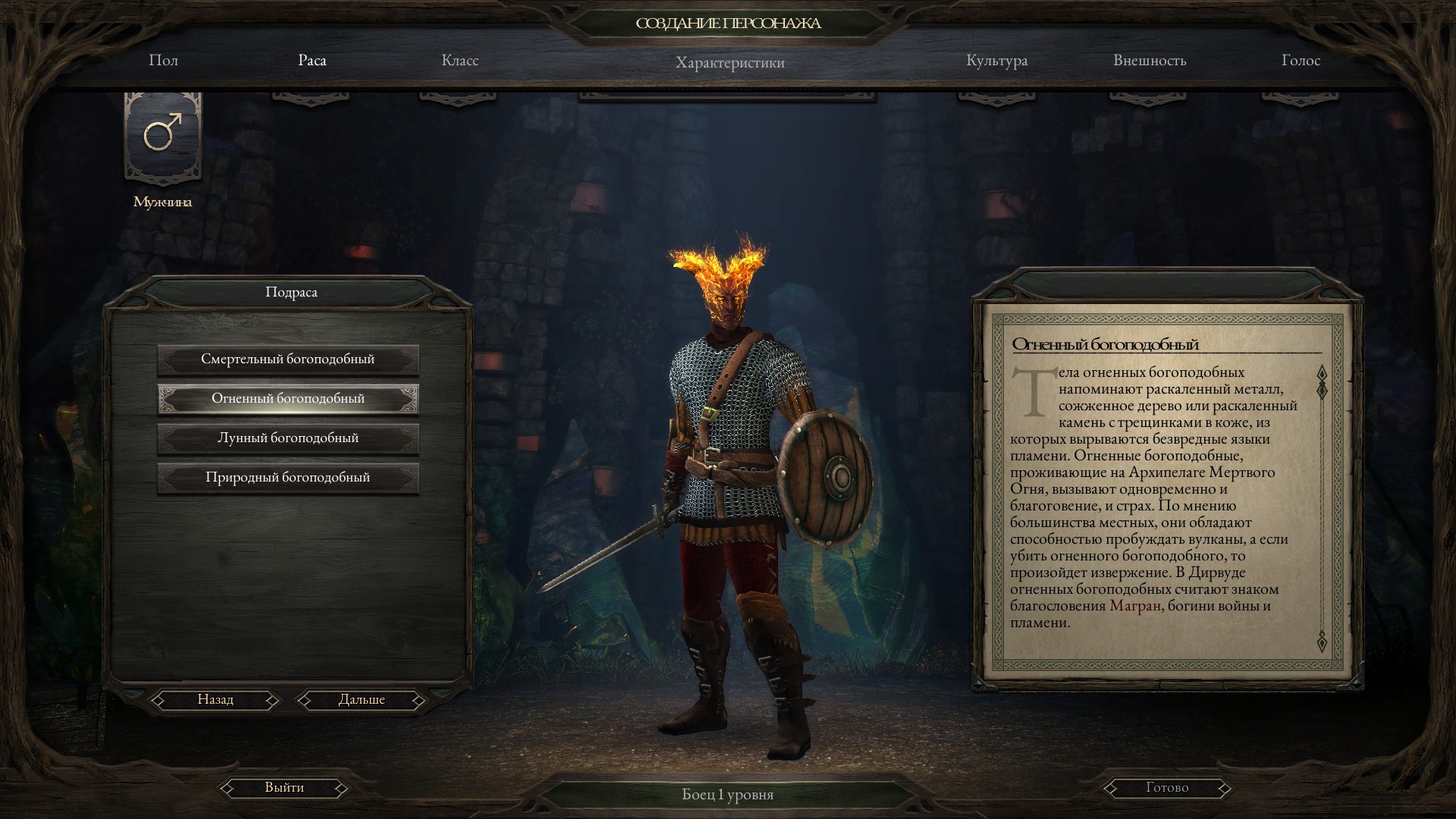
Among the available races, there is also such exoticism.
To choose a protege, among other things, you need to select their biography and origin, thereby deciding which attributes to gain a “bonus” in. The northern peoples are much stronger than the sharp-eyed southerners, and a former philosopher will clearly be smarter than a hunter, but survival is more difficult for him. Maybe it would be better to invest in athleticism and become a mercenary? Or perhaps become a trader with a bonus in mechanics? Something remotely similar was in Dragon Age: Origins, but here the variety and depth are overwhelming.
The coveted adventure begins according to all the canons. Your hero is not yet a hero, rather an ordinary wanderer, along with others like him, seeking refuge in distant lands. Of course, something goes wrong. So wrong that only you remain alive from the entire brotherhood, and your list of talents is supplemented with the ability to talk to the souls of people and experience episodes from their lives. There is no longer any thought of a peaceful existence, especially since the new frontier is plagued by mysterious troubles that, apparently, only someone equally mysterious can handle.
From this moment, the game gives you complete freedom. If you want, follow the plot strictly, if you want, ignore the Main Mystery and go help those in need. In any case, forced acquaintances will inevitably lead to a chain of masterfully arranged and devilishly exciting quests.
Like any self-respecting RPG, Pillars of Eternity loves texts in all their manifestations. Many quests are just a series of lengthy dialogues, but the luxurious style and widespread non-linearity do their job. Even the most banal situation in the game implies several development options, taking into account a whole bunch of factors, from the character’s determination indicators to the reputation of your gang as a whole. This way, you can extract important information, deceive, persuade, avoid conflicts, or, on the contrary, provoke unnecessary fights, as long as the corresponding characteristics allow it.

Indeed.
If language is not particularly effective, bloody methods of problem-solving are also popular. The combat system is old and transparent: battles happen in real-time, but for effective control, tactical pauses need to be used regularly. Exchanging pleasantries with the enemy here is usually very brief, so giving instructions to the party (which consists of six people) in advance is necessary. Additionally, character abilities have a limit on activations per battle, which inevitably leads to planning clashes in advance.
Both approaches to gameplay are equally interesting and well thought out. The world reacts adequately to any of your actions and offers one of many alternative paths. This applies even to the most unpredictable impulses, up to killing all your allies at the very beginning. Such attention to detail deserves sincere respect.
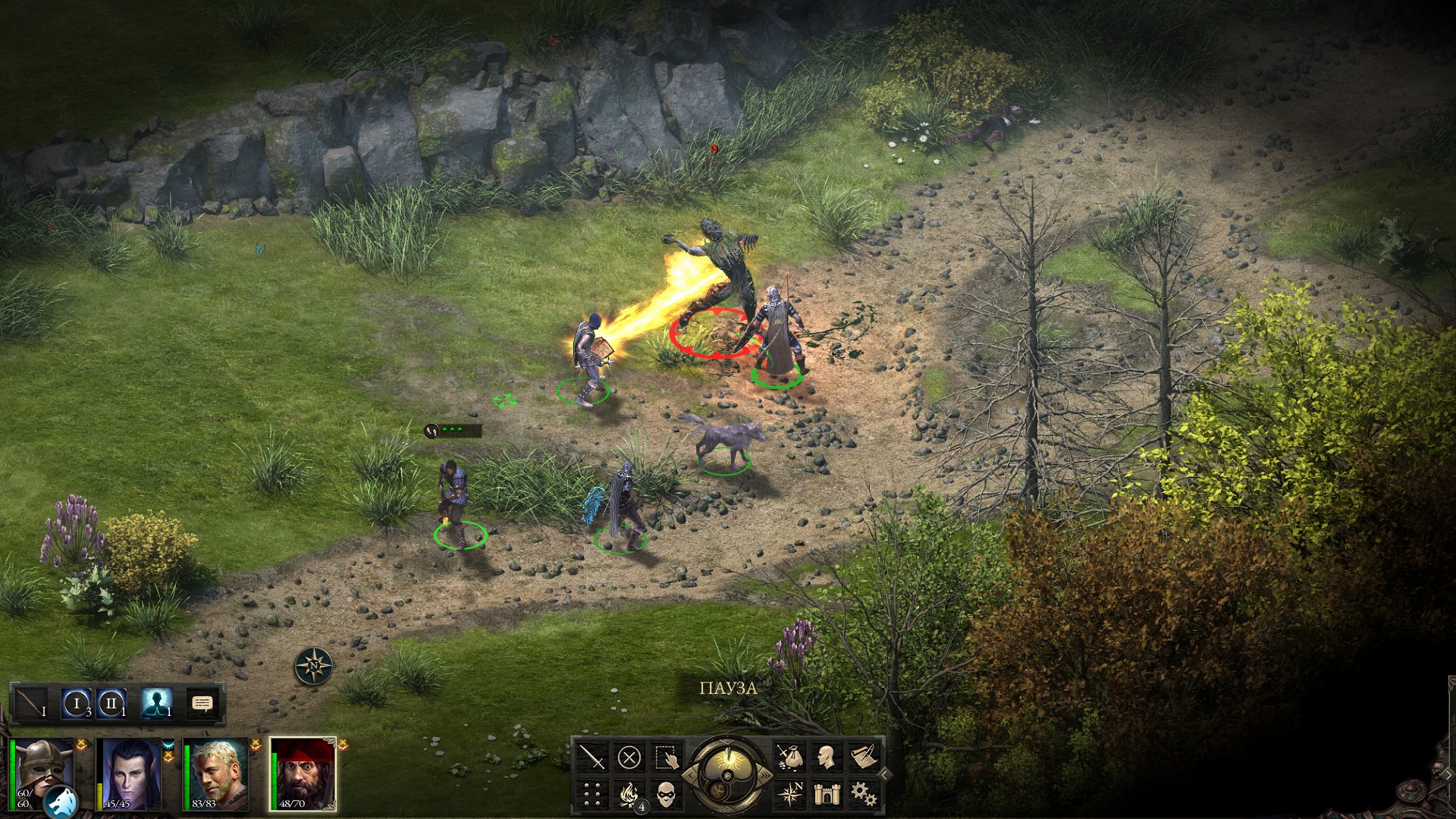
Interestingly, PoE does not reward heroes with experience for defeating enemies – leveling up can only be achieved through successful completion of quests, discovering new locations, or other peaceful achievements. Many considered this innovation a clear disadvantage, but if you trace its origins, it becomes clear that the developers’ goal was to maintain a balance between diplomatic players and players who prefer combat.
During the process of saving the world and searching for explanations for what is happening, the lore of Pillars of Eternity gradually unfolds. The environment in which the game’s story unfolds is not just a vibrant backdrop – it is set in an original universe with its own history and terminology. This world is vivid and immersive, but only for those willing to dedicate dozens of hours to exploring it.
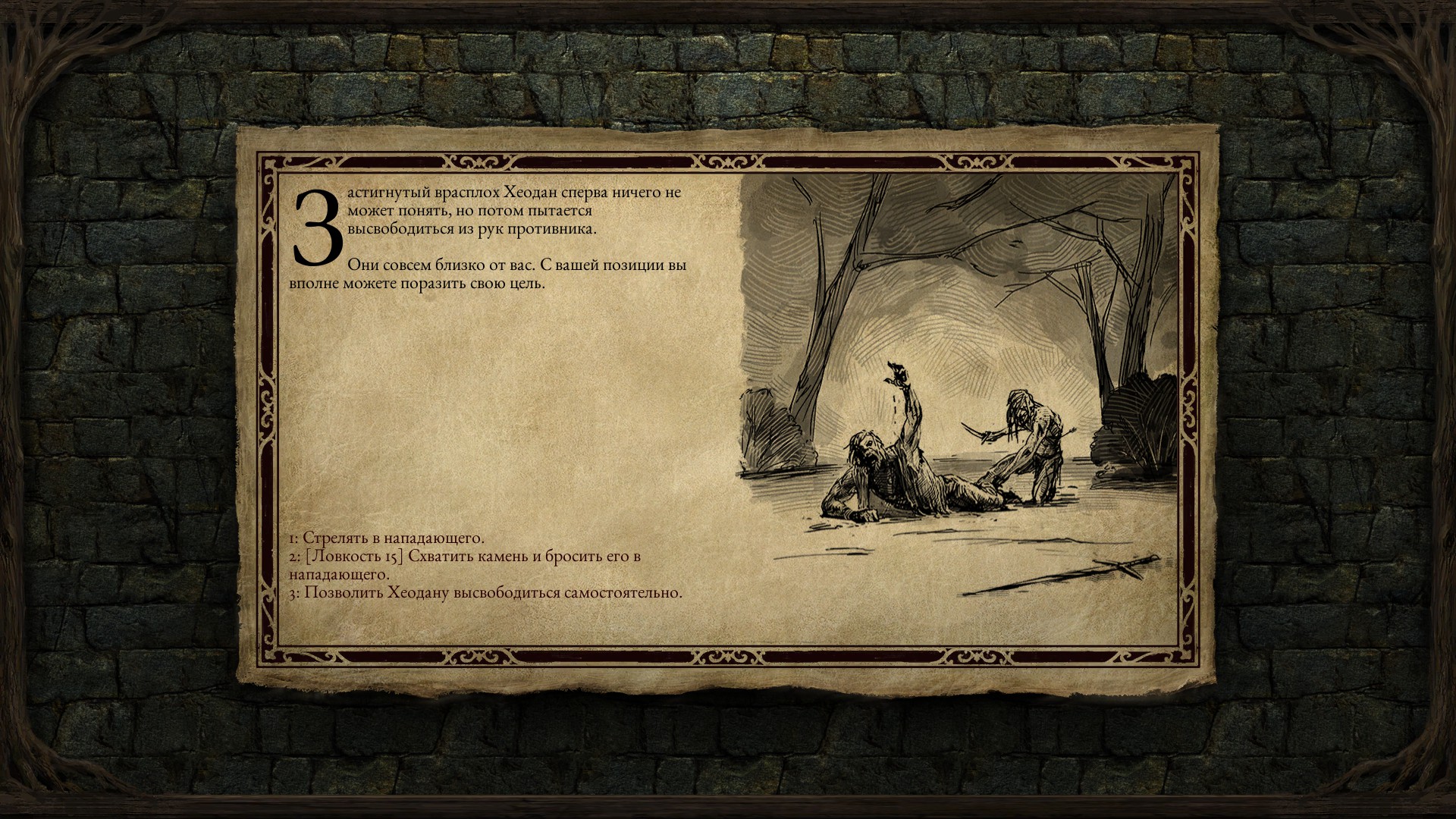
Despite the talk about “how it used to be,” beneath a thick layer of memories, “Pillars of Eternity” has its innovations. However, for the most part, they are quite small and technical: here they tweaked the interface, there they simplified, and added settings. Nothing specific worth mentioning, but overall, the impression of modern game design is unmistakable. It is precisely this design that eliminates archaic elements and allows one to enjoy the classics in the way they want to remember it – without cumbersome menus, annoying running around, and inconvenient controls.
Moreover, newcomers will find it much easier to approach the unprecedented mechanics thanks to the giant reference system. That’s what was really missing in those times – a detailed explanation of all aspects of the mechanics, so to speak, for the smallest details. Perhaps, with such a system, there would have been many more genre fans.
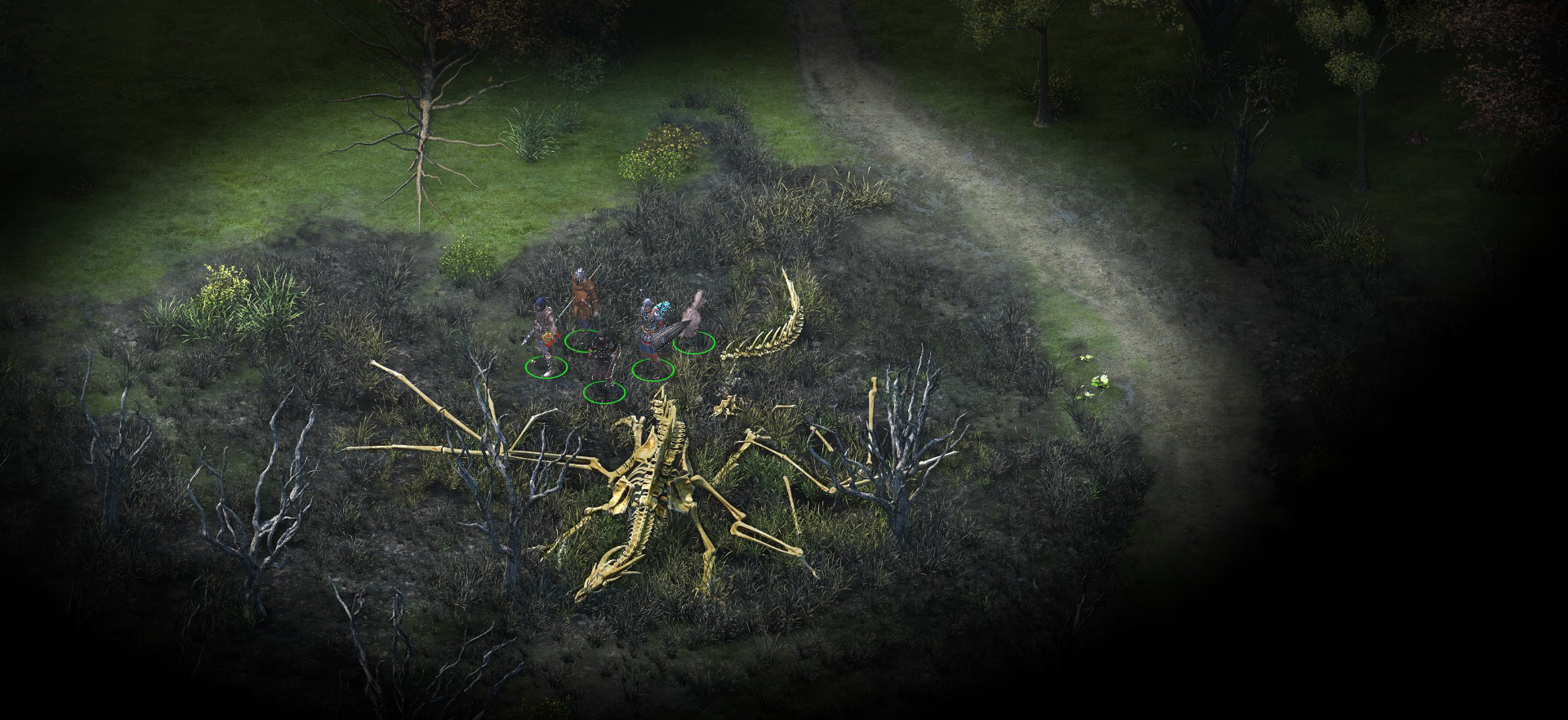
And all of this in the most beautiful old-school design. Hand-drawn locations, modest use of 3D graphics, characteristic musical accompaniment, concise illustrations for text quests – a true guest from the past. In this scenario, it doesn’t matter that the backgrounds pixelate when zoomed in, or that the vividly described dialogue partners stand like statues. It had to be this way.
Such strong enthusiasm and such wide possibilities for playing the chosen role haven’t been given for a very long time. Many tried to do it differently, some came very close, but only Obsidian managed to recreate in detail that very palette of emotions experienced by the conquerors of the Icewind Dale and the children of the fearsome Baal. Clever, interesting, long-lasting, diverse – just the way you like it.
Share
Discuss
More Reviews


